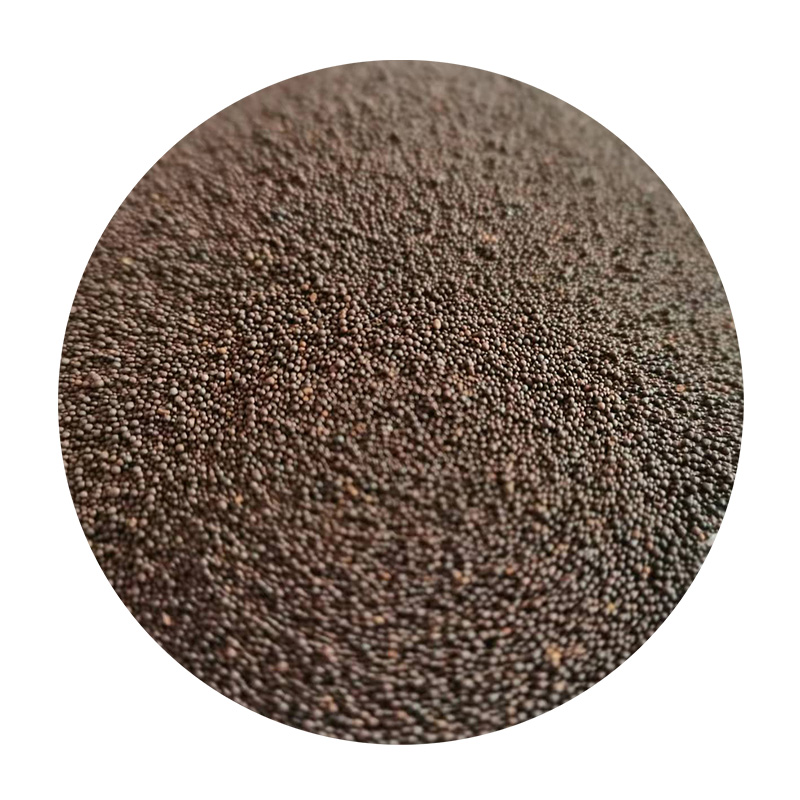The Advantages of Ceramic Sand Casting
Ceramic sand casting is an innovative and highly efficient method used in various industries for producing metal components. It leverages the unique properties of ceramic materials to create molds that offer superior performance compared to traditional sand casting techniques. This article will explore the fundamentals of ceramic sand casting, its benefits, and its applications in modern manufacturing.
At the heart of ceramic sand casting is the use of ceramic materials to produce molds. Unlike traditional green sand molds, which utilize clay and water, ceramic sand molds are made from silica or zircon sand mixed with a ceramic binder. This combination results in molds that possess excellent thermal stability, reduced gas permeability, and higher dimensional accuracy. These characteristics make ceramic sand casting particularly advantageous for complex and intricate designs.
One of the most significant benefits of ceramic sand casting is its ability to withstand high temperatures
. The ceramic binders can endure extreme heat without degrading, which is essential for casting high-melting-point metals such as titanium and nickel-based alloys. This property expands the range of materials that can be effectively utilized in manufacturing, allowing for the production of parts that meet stringent performance and reliability standards.ceramic sand casting

Another notable advantage is the precision and surface finish achieved through ceramic sand casting. The molds created using ceramic materials can produce finely detailed components with smooth surfaces. This quality reduces the need for extensive machining or finishing processes, which not only saves time but also lowers production costs. In industries where precision is paramount, such as aerospace and automotive manufacturing, this method proves invaluable.
Ceramic sand casting also offers benefits in terms of environmental impact. The production of ceramic molds generates less waste compared to traditional methods, as the ceramic sands can be reused multiple times. Additionally, the absence of water in the molding process reduces the risk of defects caused by moisture, leading to a more sustainable and efficient manufacturing process.
The versatility of ceramic sand casting makes it suitable for a wide range of applications. From automotive engine components and aerospace parts to intricate designs used in art and jewelry, this casting method is gaining popularity across various sectors. Manufacturers are increasingly adopting ceramic sand casting to meet the demand for high-quality products that can withstand harsh operating conditions.
In conclusion, ceramic sand casting represents a significant advancement in metal casting technology. With its ability to produce high-precision, high-temperature molds that enhance sustainability in manufacturing, it offers distinct advantages over traditional casting methods. As industries continue to evolve and demand more innovative solutions, ceramic sand casting is likely to play a vital role in meeting these challenges and setting new standards in quality and efficiency.
Post time:નવેમ્બર . 04, 2024 13:24
Next:A Beginner's Guide to Sand Casting Techniques and Best Practices
